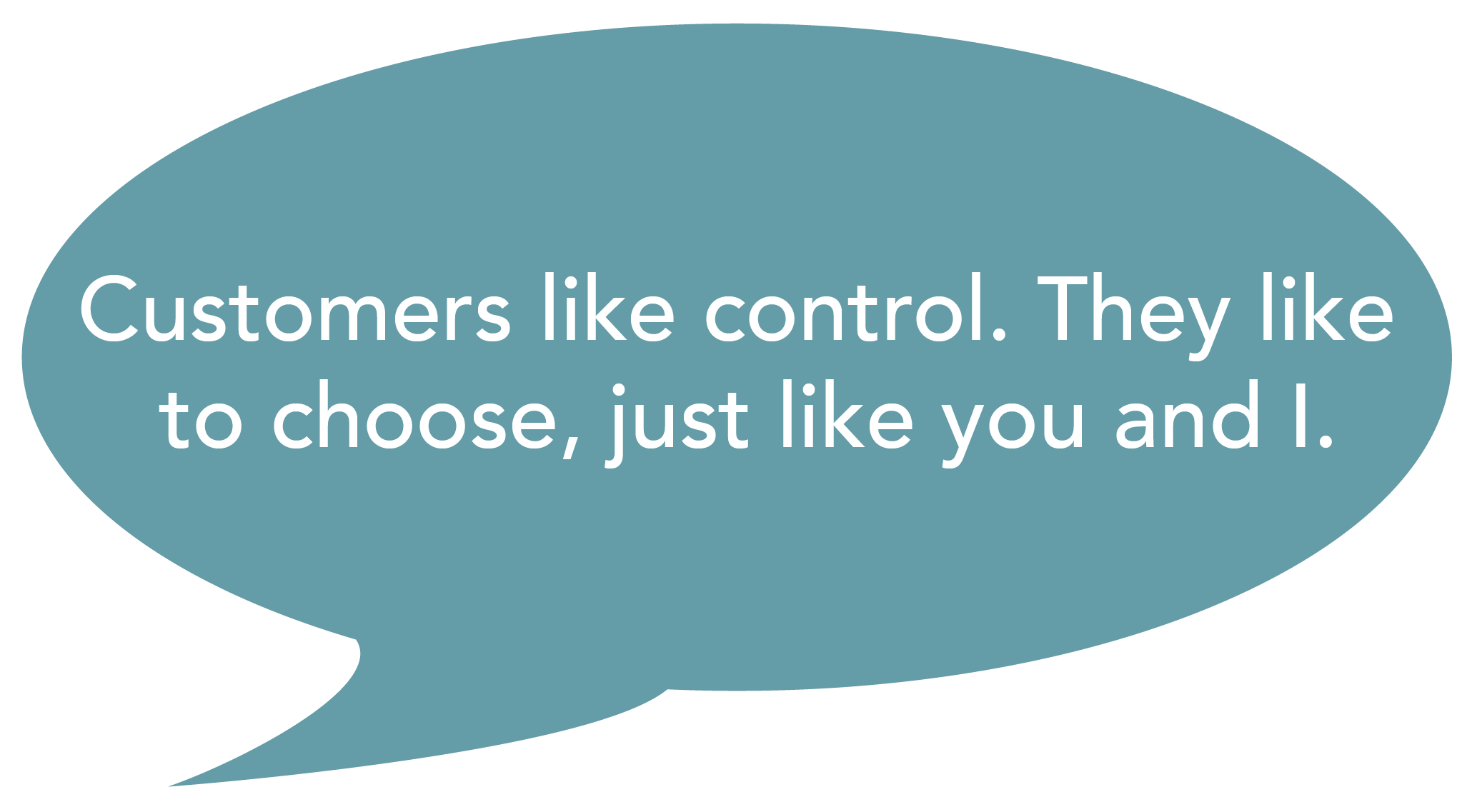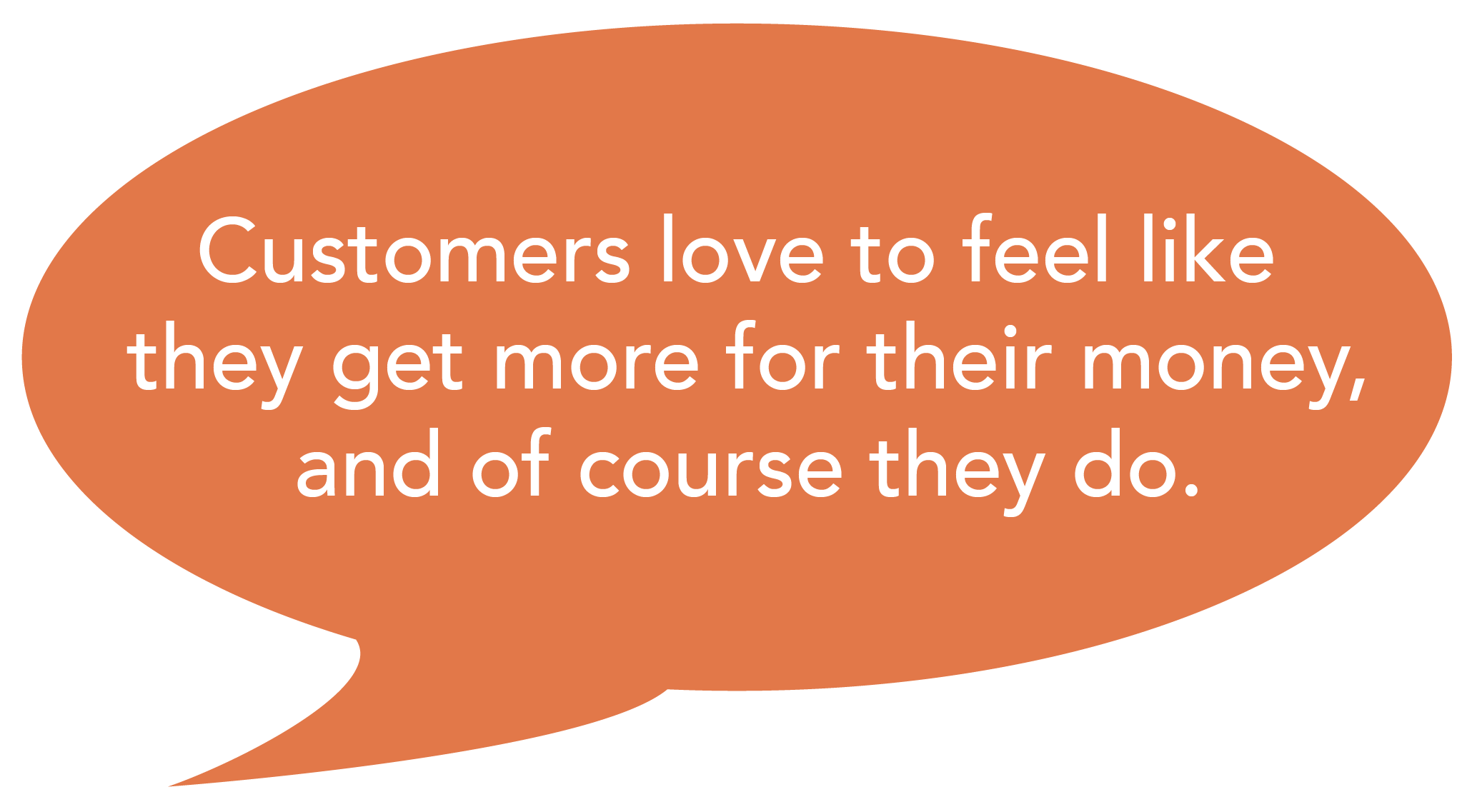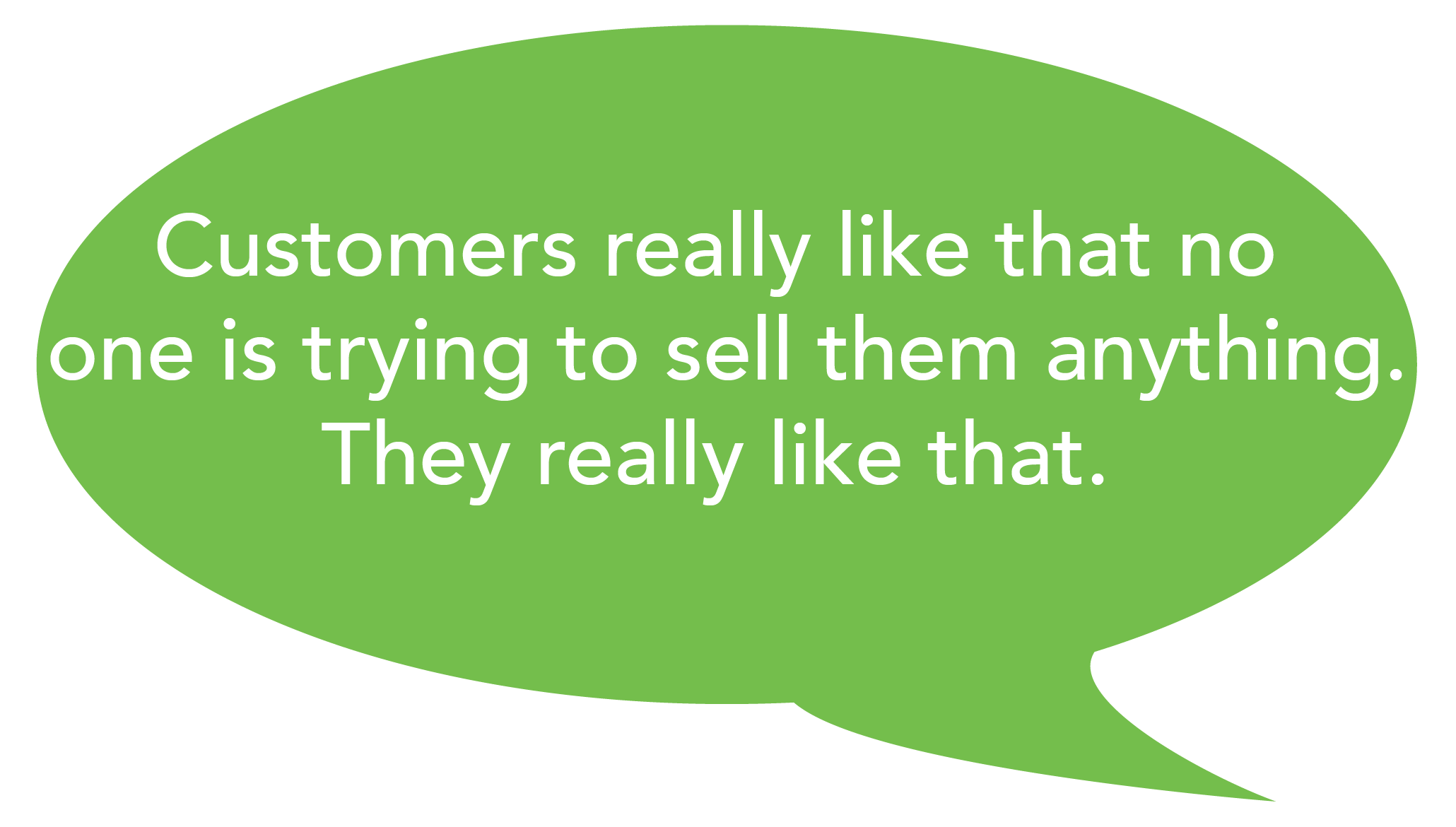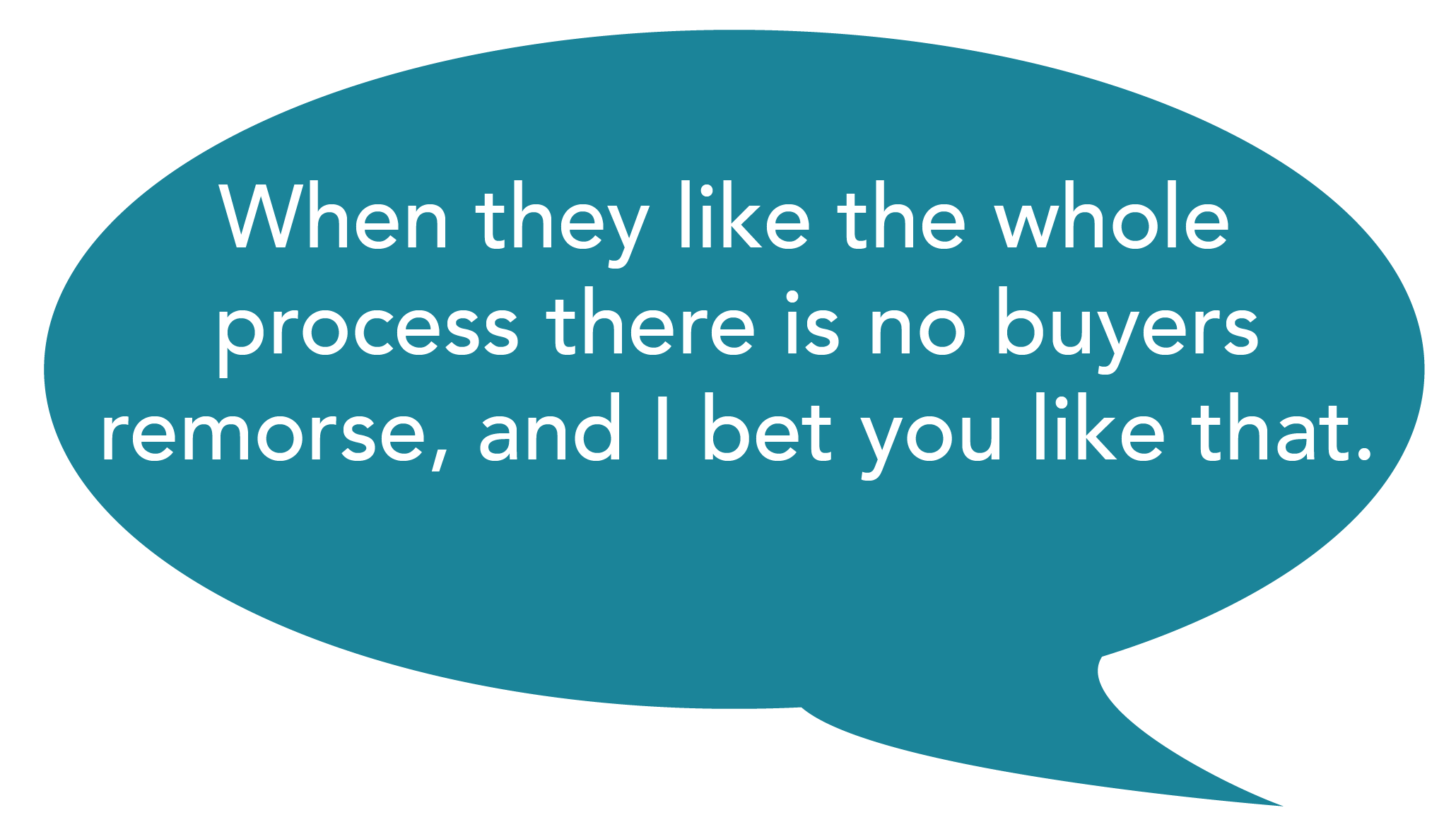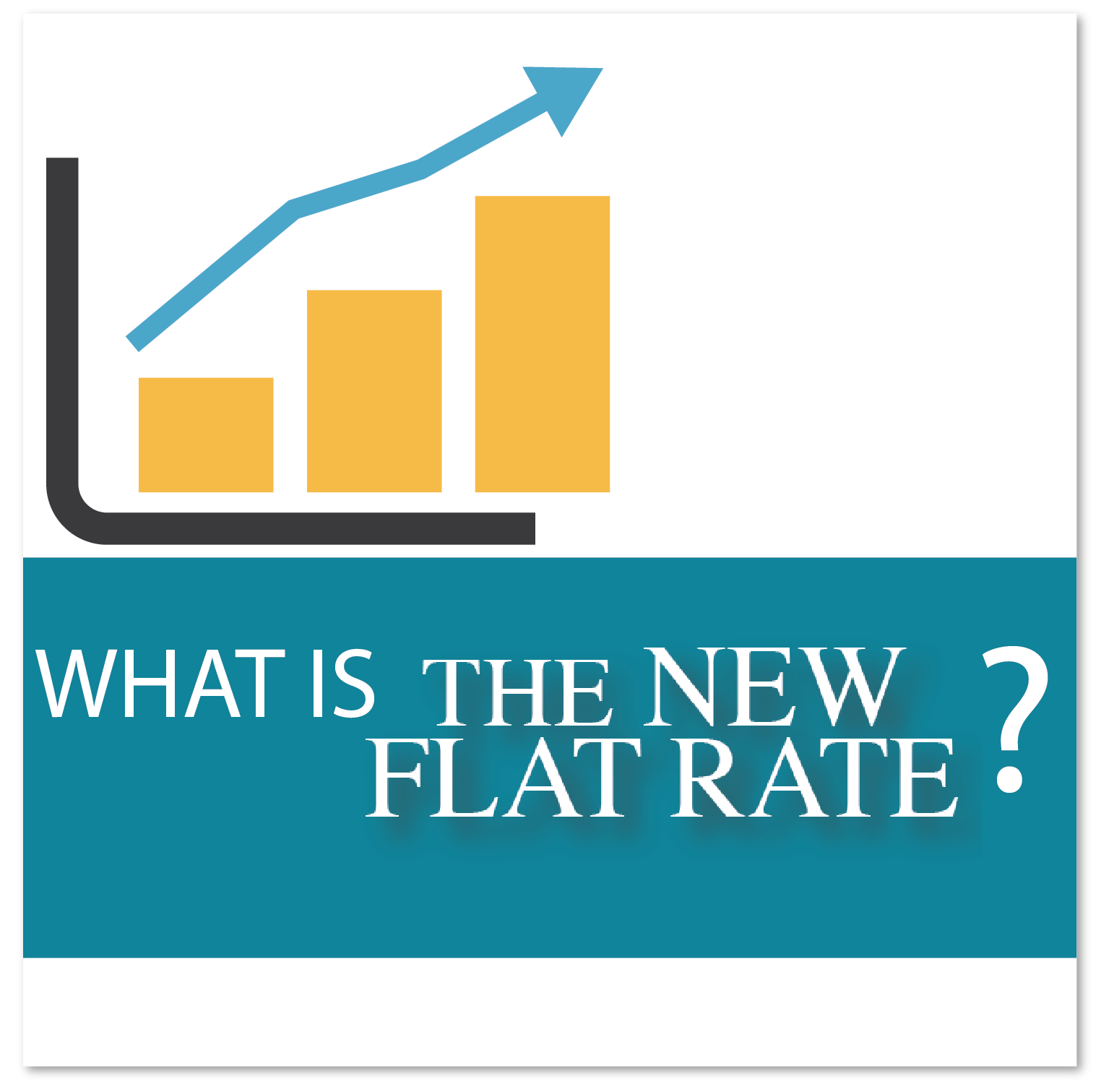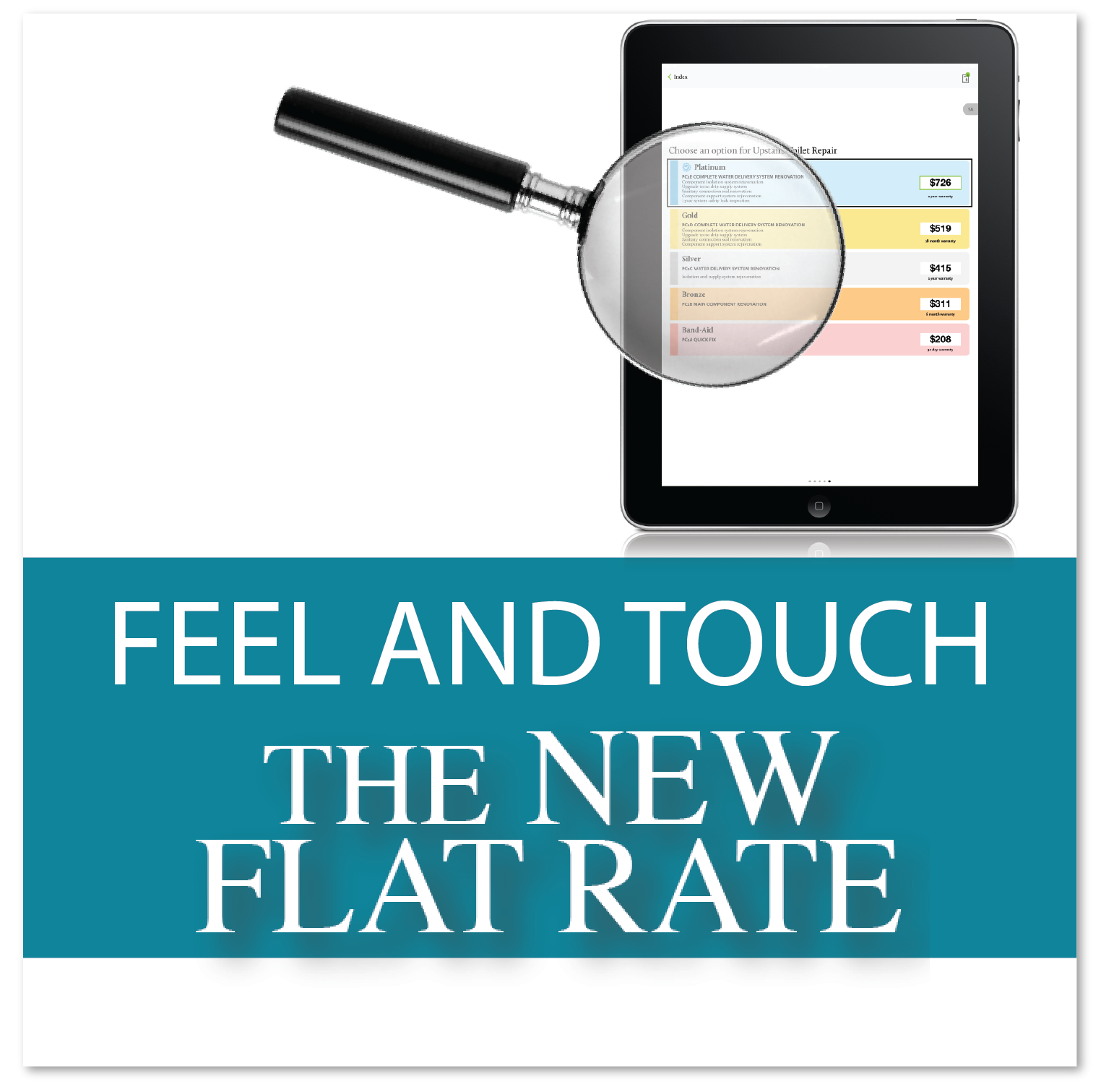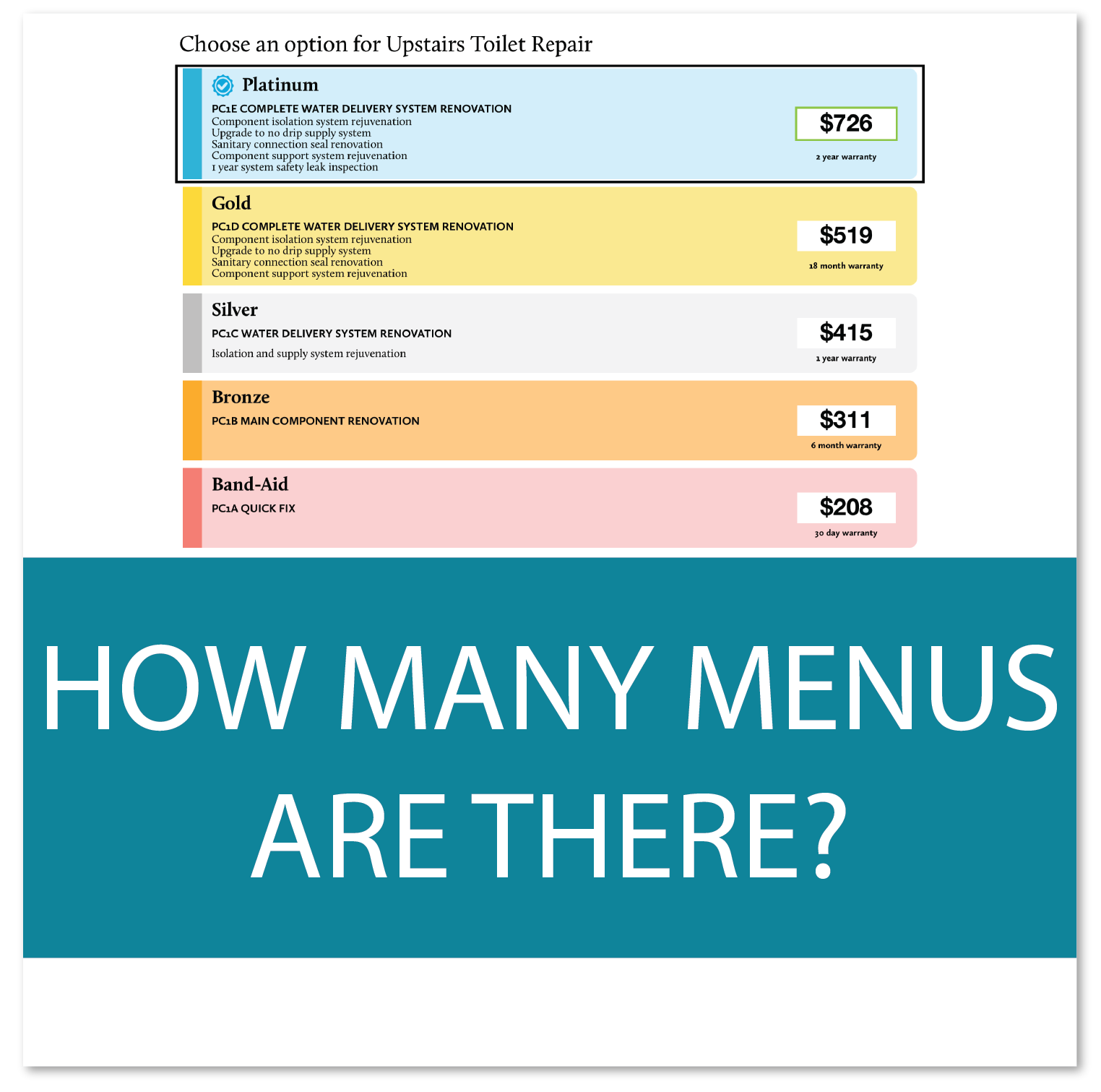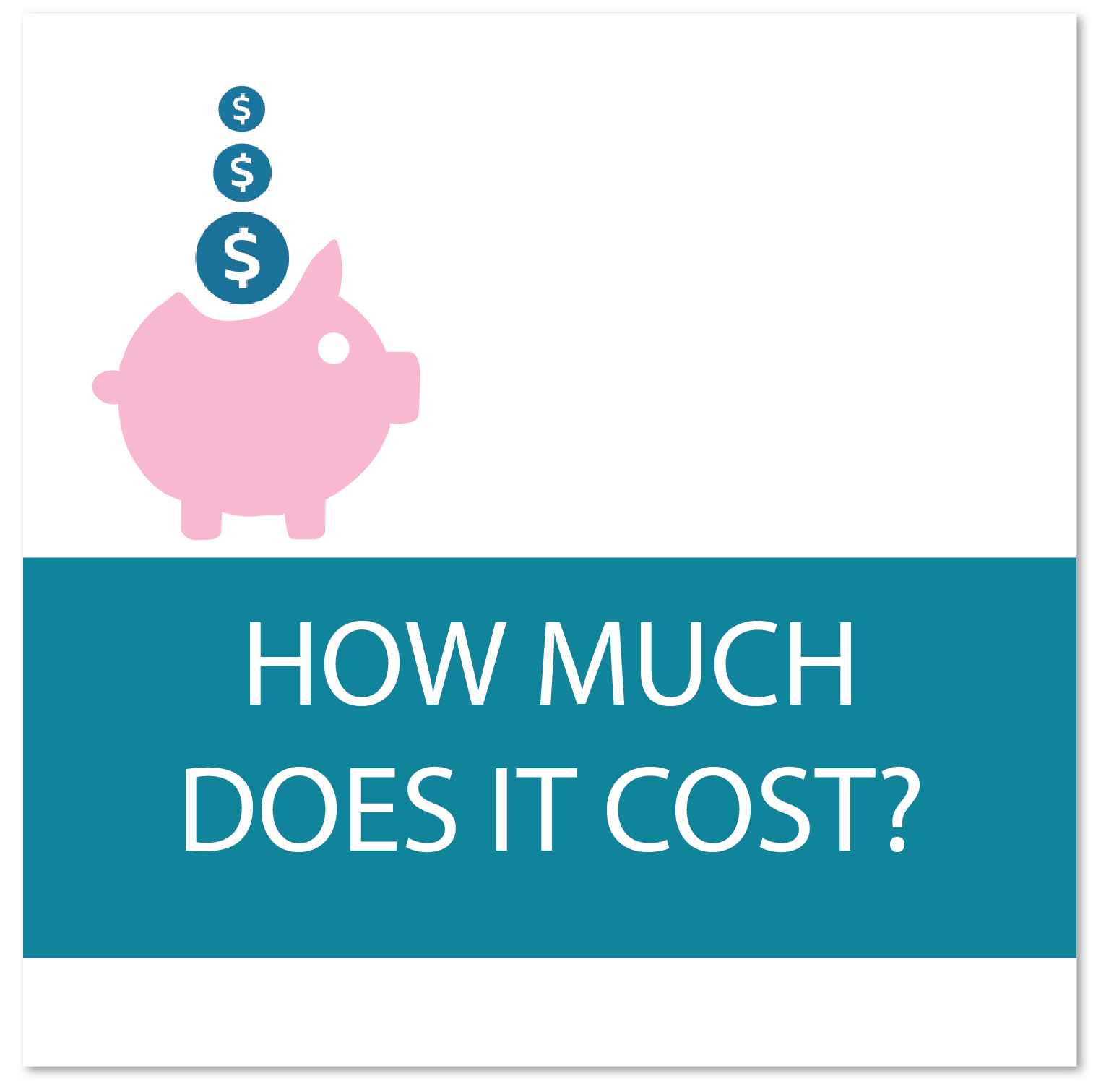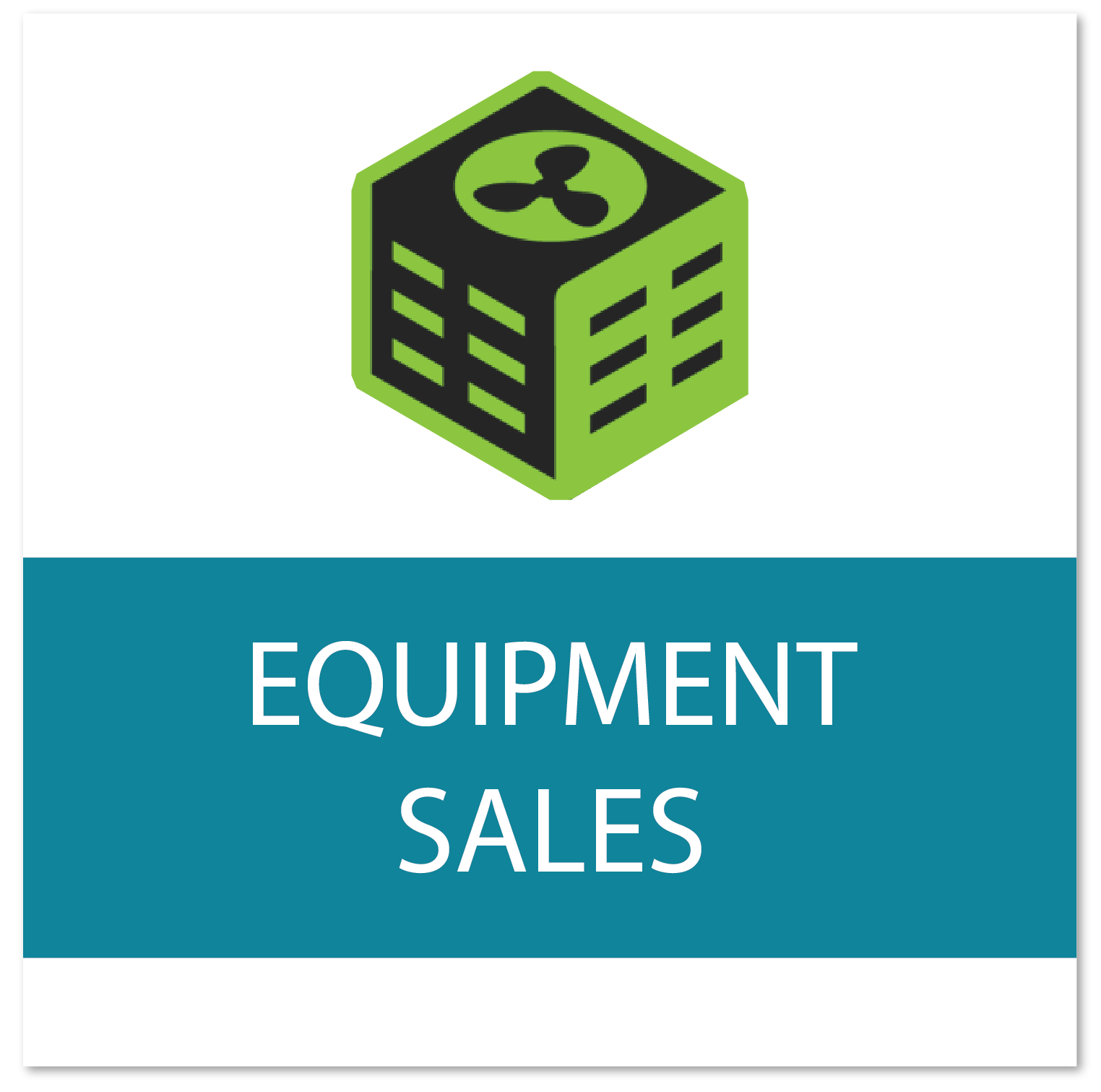


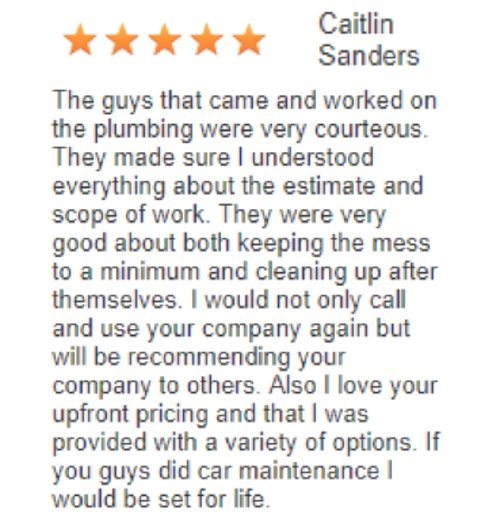
Will My Electrical Plumbing, or HVAC Customer like Option Pricing?
Do you remember the days when your Electrical, Plumbing, or Hvac customers would question your bill and particularly your hourly rate? That hourly rate represent-ed you, didn’t it? They might have said, “That sure seems like a lot of money!” So, what did we do? We switched to flat rate pricing. And why did we do that? So we could eliminate the price objection, right? Initially that was the purpose, and it worked like a charm for most of us. At least it worked like a charm before the year 2000, and before The New Flat Rate’s option pricing.
For me it was in 1996. At that time, I was charging $35 per hour time and material and, in fear and trembling, I went to a $55 per hour flat rate. That had some effect but what really put money in my bank was that I also add-ed a service and diagnostic charge of $49. The result was my average ticket went from $58 per service call to $119. I thought I was in heaven.
Now, of course, prices are much higher but costs and wages are also much higher. Running a business is an expensive task, isn’t it?
How Do We Justify The Cost?
First of all, the cost is the cost. We cannot deliver service very long if we do not cover our costs. And, of course, we can’t stay in business to provide future service for our customers if we don’t. So, the first step is to know your costs so that you can set your prices ac-cordingly. We have learned to calculate a billable hour by projecting our annu-alized costs of doing business against the number of customer transactions (sales) we project for the same time pe-riod. The result is a number, an average number that we can use to set our prices based on the time (labor) that it takes to deliver that service.
Here is where it gets sticky. There are many thoughts on this, but a popular one is that my cost is special, it’s just for me, and it doesn’t matter what any-one else charges. That is an interesting concept for a business executive be-cause we won’t ever find that in a For-tune 500 company. You will never have a retail store say they are not concerned about their competitors’ prices.
Actually, you are worth more than you charge, but here is the key: It doesn’t matter what you think you are worth. It mostly matters what your customer thinks you are worth.
Let me give an example. I love to shop at Fleet Farm. Don’t know why, just the smell of farm stuff I suppose. But we do not have Fleet Farm near me so the next thing is a store called Tractor and Supply. I shop there a lot. I don’t look closely at prices because I assume they are reasonable and competitive. My son and I decided we needed to become welders so I bought a Hobart weld-er at Tractor Supply. I paid just under $900.00. I’m happy with that purchase.
However, 3 weeks ago a Harbor Freight store opened up about a mile from my home. This store is closer than Trac-tor and Supply so of course I checked it out. The prices are much lower than Tractor and Supply and much lower on most items than Lowe’s and Home De-pot. So just for discussion sake let me ask you a question. Who has the most to lose from Harbor Freight opening nearby?
Lowes and Home Depot are monster big box stores selling more than just hardware and tools, so they probably aren’t too concerned, but Tractor and Supply sells much of the same in the tool and hardware area so they might be concerned. My contractor friends and I all agree— Tractor and Supply is going to feel the heat and probably lose some business. My question to you is this. Do you think Tractor and Supply will at least take a look at their compet-itors’ pricing? I’m betting they will.
So, Are You Worth What You Charge?
Actually, you are worth more than you charge, but here is the key: It doesn’t matter what you think you are worth. It mostly matters what your customer thinks you are worth.
We went to flat rate pricing to hide our labor costs but then what happened?
Amazon happened, the internet hap-pened, eBay happened. Home Depot and Lowes opened up on street corners all over the country, selling HVAC, plumbing and electrical products. And the biggest kicker of all — smart phones happened.
The customer now knows in three seconds what a part is worth. Why does that matter? Because we hid the labor in the part and now a $5 part from any-where else costs $195 from us. Do you think that matters? I’ll say it does.
So again, are you worth what you charge? Not if the customer thinks you charge 20 times more than what they can buy it for somewhere else.
So, we have to quit hiding labor in the price of parts, don’t we? Or we have to give the customer a reason to look for value outside of the part itself.
Example No. 1: “Mr. Customer,your sink needs a new drain basket gasket, and here it is in my price book for $49.” ($49 would be pretty cheap to replace a gasket under a basket strainer, wouldn’t it?)
Customer says, “That seems like a lot for a gasket.” The customer is correct — that is an awful lot of money for a gasket.
You are worth what you charge, but if the customer won’t pay it happily, then business can be a real pain. Who takes the heat when the customer push-es back? Well, first your plumber takes the heat, your plumber feels the rejec-tion, your plumber is the one who is tasked with trying to handle that objec-tion. And your business feels the pain at every level.
Let’s solve the problem. But first I want to define a happy customer.
A Happy Electrical, Plumbing, or Hvac Customer:
- Usually has no price objection at all.
- Offers no sales resistance. After all, they called you because they actually want it fixed.
- Has no buyer’s remorse with option pricing.
- Will gladly say nice things about you and provide referrals.
Anything less than those four statements may not put you out of business but will keep a continuous stress on your business. Like gum on a shoe, you can’t get it off, and it just doesn’t feel right. It’s just a pain.
The solution to being worth what you charge lies in this statement, “It’s always about price until you make it about something else.” Now let’s try it this way:
Example No. 2: “Mr. Customer, I’m a little concerned. I’ve found a problem in your sink drains, and I have a cou-ple of suggestions. Would you like me to go over them?” Yes? “Well, my best suggestion would be to do a complete rebuild of the sink and drains since I have to disassemble most of it any-way. But if I did that, it would be about $989. Or I could just take everything apart and replace the damaged parts for about $389. What would you prefer?”
Plumbing, Electical, or Hvac Customer: “You know what? I don’t want this problem to come back — just do the complete rebuild.”
Are you worth what you charge? I have to chuckle here because when this happens a few times, you will realize that your customer actually thinks you are worth more than you charge. He just doesn’t think parts are worth much, and you know what? He is right.
Your Electrical, Plumbing or Hvac customer will love option pricing
Rodney Koop, CEO and Founder of The New Flat Rate, is a motivational speaker, author, entrepreneur and pricing enthusiast. Over the last three decades, Koop has founded and sold HVAC, electrical and plumbing ser-vice companies. During his career, Koop has contributed numerous articles and industry assessments to multiple publications and recently authored his first book. Koop is dedicated to chal-lenging all audiences to utilize their brains in creative ways for growing their companies.


